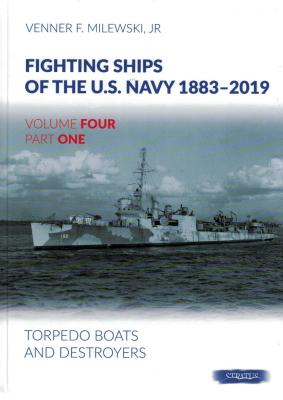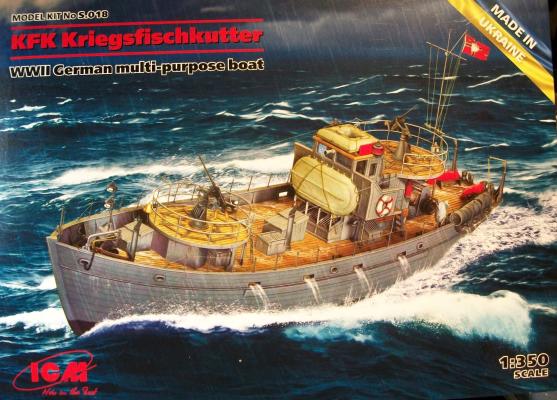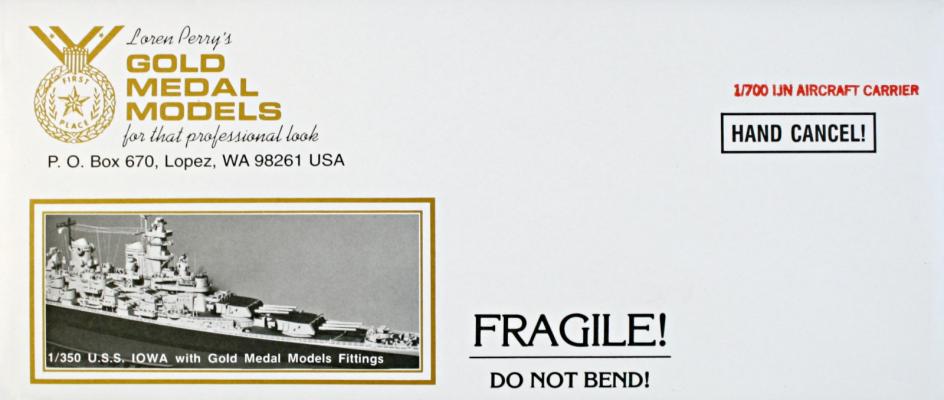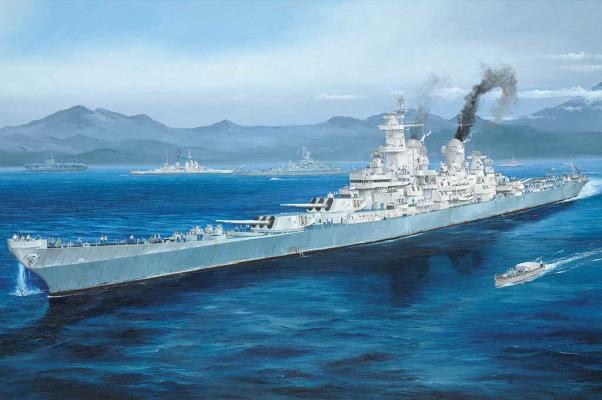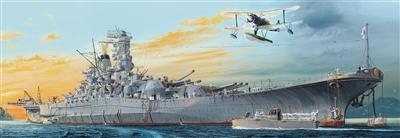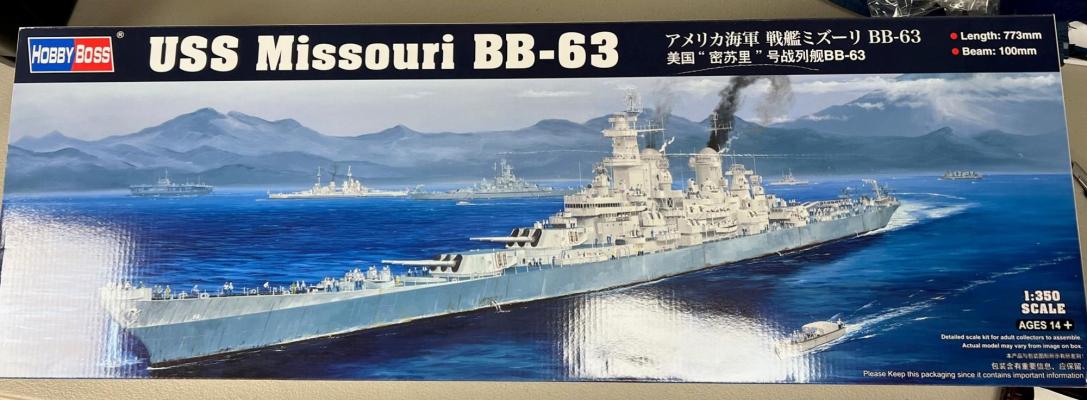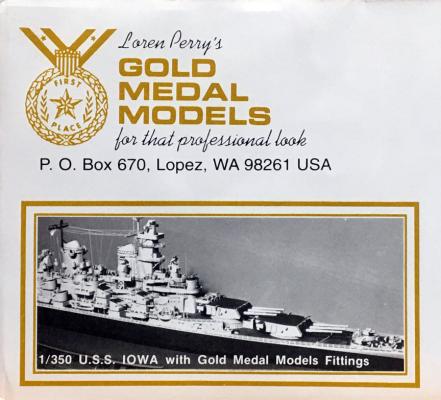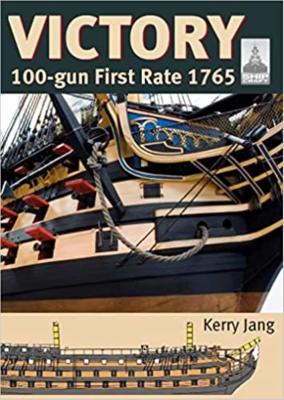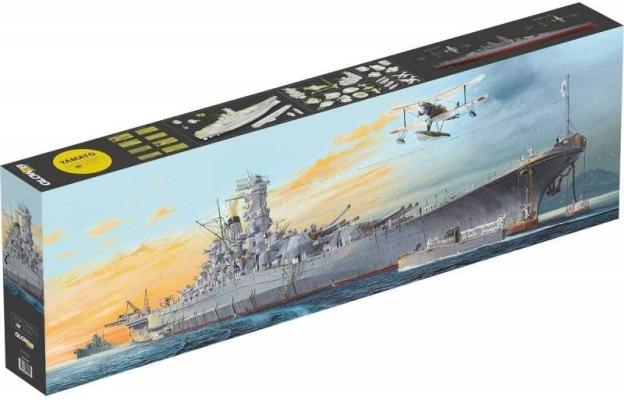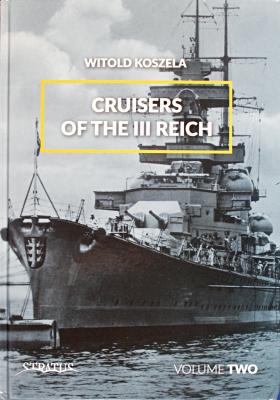Venner Milewski Jr. has undertaken the monumental task in cataloging each and every US Navy vessel commissioned since 1883, the year congressional funding was approved for America’s first four steel warships. His encyclopedic work is titled Fighting Ships of the U.S. Navy 1883-2019. Milewski Jr.’s compilation provides the physical details of each ship, its specifications, propulsion, armament, etc. as well as the important milestones of its service life. Most of the articles include at least one, and sometimes as many as four high quality photographs of the vessel described. To date, four multi-part volumes have been published, with each part focused on a specific time period. Volume One addressed aircraft carriers while Volume Two covered battleships and New Navy monitors. Volume Three depicts cruisers and command ships.
ICM has provided this very unusual subject matter for review, the KFK Kriegsfischkutter in 1/350 scale, and which is also produced in the larger 1/144 scale. The KFK was manufactured in large numbers as it was a very versatile platform for marine operations. It was used in every German WWII theater of war.
Kit Contents
- One light grey sprue
- Instructions
The detail quality is excellent.
The assembly is quick and easy.
The hull can be built as a waterline version or full hull, which is what I selected. Then the super structure and deck parts are assembled. I selected to paint the kit while building as it was small and easier to do that way. The kit shows the railing but does not supply material/thread, so I used easy line. There is also a small plinth base to mount the ship in the full hull configuration.
Thanks to Squadron Hobbies for the Gold Medal PE set and IPMSUSA staff for handling the request and publishing this review.
Bottom Line
One of the original 1/700 PE sets for WW2 IJN aircraft carriers, designed to complete at least one carrier and having specific parts for 12 carriers. GMM IJN Carrier PE set is basic, supplying generic railings, antenna masts, 3-bladed aircraft props, flight deck nets, inclined & vertical ladders and two Type 22 radars for any IJN aircraft carrier, as well as specific details for older kits of Akagi, Amagi/Katsuragi, Hiryu, Junyo, Kaga, Ryujo, Shinano, Shokaku/ Zuikaku, Soryu and Unryu from early original-molds Aoshima, Fujimi, Hasegawa and Tamiya kits. Still serviceable for more recent IJN carrier kits, including Hiyo, the sister carrier to Junyo which appeared later.
Report 2: Midway through Construction
This second report covers the build from Steps 26 through 48 of 64. It is essentially the assembly of the upper decks prior to attachment of the stacks and their associated appurtenances.
Through this point in the build, most of the parts fit exceptionally well, to the extent that some can be press fit together. When you encounter one that doesn’t fit as well, like the life raft stacks, it makes you wonder if you are doing something incorrectly. The life rafts did not stack up evenly when placed one on top of another, so I used more glue than usual and clamped them in place after assuring they were parallel. Although good overall, one drawback of the tight fit is that a mere paint layer could interfere with making a tight joint or may require a pinhole to be reamed out before being able to attach a part.
Building a battleship, especially one this large and complex, can easily appear overwhelming. So, as with any large model project, its easiest to tackle it as a series of subassemblies. That’s more or less the way the instruction sequence is arranged, and it simplifies painting, if nothing else (I found out the hard way that the Tamiya spray can and the bottle lacquer are not the same shade of Kure Grey - too different to use the two together). So everything on this model is painted from the bottle through the airbrush. Otherwise, the Tamiya lacquer goes on beautifully.
This is the first of three reports on the Hobby Boss 1:350 USS Missouri model kit. Two subsequent reports are planned, the second report at approx. the mid-point of the build and the third upon completion.
The USS Missouri was the third Iowa class battleship built for the US Navy and was completed in 1944. It is famous for being the ship on which the Japanese surrender was signed to end WWII. It was an impressive vessel, and this model captures its splendor.
Loren Perry’s recent retirement and subsequent closing down of the Gold Medal Models photo etch line produced many long faces in the modeling world, particularly in the model shipbuilding community. For many of us, Gold Medal photo etch was, and is, the “gold standard” for ship detailing sets. When Squadron Hobbies purchased Gold Medal Models remaining stock, and announced resumed production of Gold Medal sets, there was, as they say, much rejoicing.
If you’re even just a passing fan of classic sailing ships, you should be familiar with the unforgettable H.M.S. Victory, the famous ship-of-the-line that Lord Nelson commanded at the Battle of Trafalgar in 1805. More readily recognizable by the novice than even the U.S.S. Constitution, this ship has been a subject for virtually every major model maker in the last century, manufactured in metal, wood or plastic.
Initial Construction
Now that I had the kit in hand, I had to once and for all decide into what time frame to build it. Most of the parts you need to build the ship at any point in her career are in the box, but much of the build will be determined by what point in time you choose to place the ship. I finally decided to depict Yamato during the Battle of Leyte Gulf in October, 1944. I had good references that showed her differences at various points in her service history, with illustrations highlighting in particular her deck and superstructure arrangement of small and medium caliber weapons.
The author, Wikold Koszela, has written 25+ books on warships – mostly British, United States and German battleships/cruisers, and modern Polish and Soviet Navy warships. Twelve of his publications are in the Kagero Top Drawing series. For this and other books, Witold also supplied the line and color drawings, and they are top quality and very helpful for modelers. I could not find additional information on Witold.
What You Get
You get a hardbound book, 11.875 X 8.5 inches (A4 size), 136 pages – not counting the covers and blank pages fore and aft. Unlike the 1st Volume, there is no 3-D photos or glasses. Cruisers of the Third Reich Volume 2 is loaded with 141 B&W photographs, nine tables and 24 line drawings. The last two pages of the book have four color plates, showing starboard and overhead profiles of Nurnberg, Admiral Hipper, Blucher and Prinz Eugen. After one Title and Table of Contents page, the book is arranged by ships:

